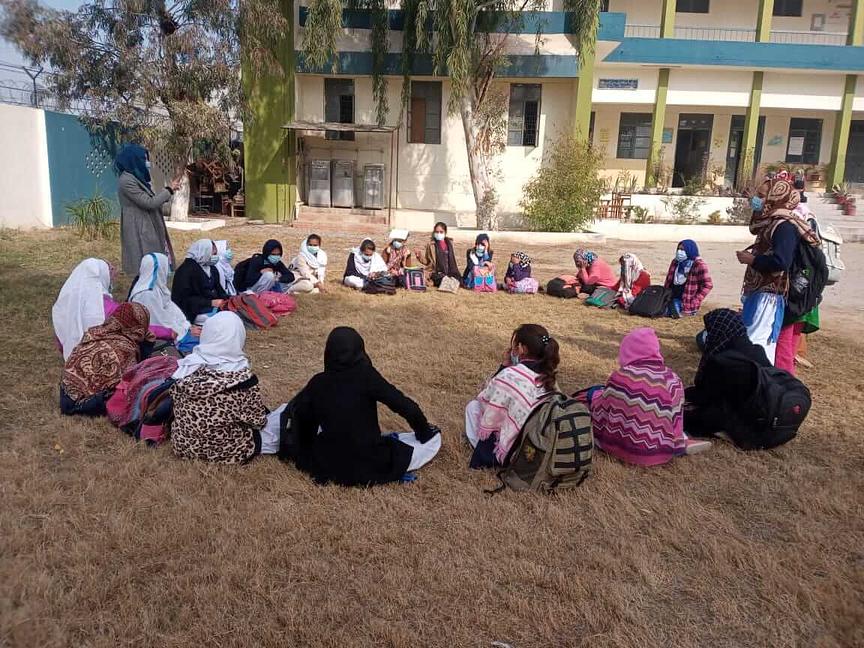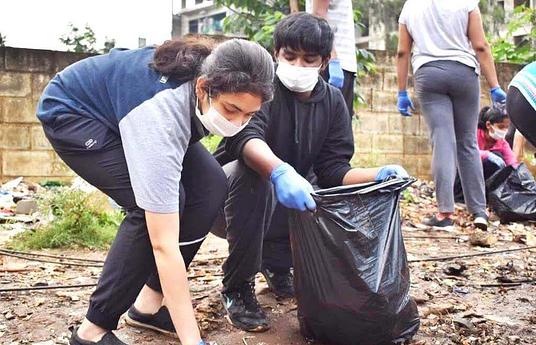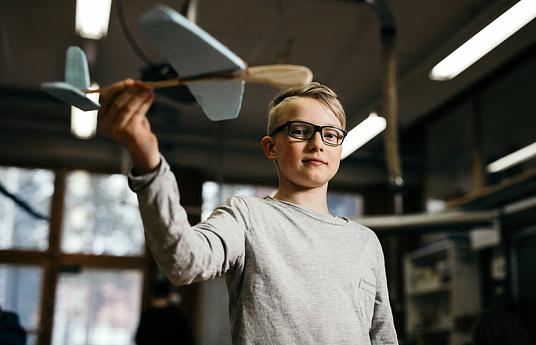Assessment data showed us that students who were disconnected (or had no access to technology) performed poorly than those who were contacting each other and were able to reach out for help, demonstrating that collective learning accelerates student’s progress. Unable to utilize the school space for revision and remediation, we partnered with leaders in our community to create alternative learning
With the collaboration of parents, we established two informal parent-led learning spaces within a 5-kilometer radius of school. Students come at 3:00 pm on days they go to school or at 10:00 am on their off days to engage in day-to-day learning, access the internet to research the content, find subject-specific answers, and solve worksheets. A repository of video lectures is also available to help revisit the content they learned or missed.
We divide our time between the centers. When teachers are engaged in the other center, students arrive at the appointed time, mark their attendance, and share the list in the WhatsApp group. Students then go through the days’ pre-planned learning outcomes and share the test scores they had achieved in a specific learning outcome. If they score less than 70% in a specific lesson, they revise those lessons or ask peers to help them with that lesson. Students retake the tests and track their progress.
Results from mid-term exams (conducted in February) showed that students who were coming to these informal learning spaces performed 40% better than those who were studying on their own, and were 20% less likely to fail in a subject than the students who had no access to technology or assistance during school closures. Students who accessed the learning spaces are also becoming more independent learners and have higher intrinsic motivation in regular daily classes. Their parents are more involved in the day-to-day learning and have been offering their spaces for further centers.
We started 2 projects to work on SEL of students along with establishing the first library in the area with open access. In the coming year, it is going to also have a Montessori program catering to the community.
Identify community members who are actively involved in their child’s education, have access and knowledge about using a smartphone and internet, have a central place in the community, and are willing to assist you in teaching. Create timetables, schedules, goals, and rules. Within the center, promote peer learning, create a repository of video/lectures/worksheets to help students solve and track.



